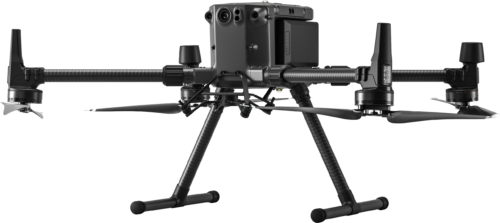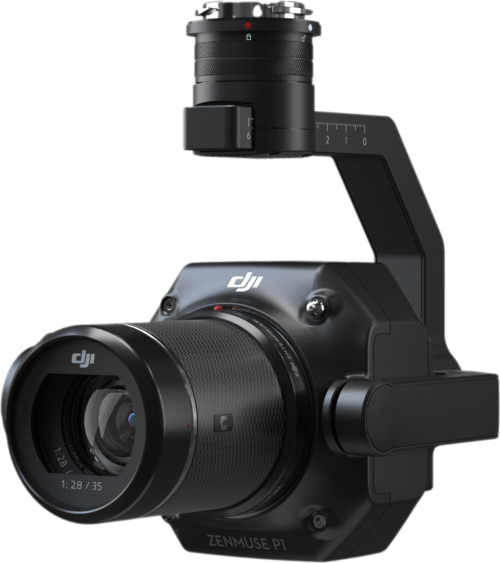Your cart is currently empty!
Powerful Range, Elevated Precision.
Photogrammetry
Seiler GeoDrones is your one stop shop for all your photogrammetry needs. We sell, support, and offer training on a variety of high tech drones, precise cameras, and the mapping software needed to produce all of your photogrammetry maps and models.
What is it exactly?
Photogrammetry is the process of measuring distances using pictures. While the concept has been around for over 100 years — with the rise of mapping software, drone technology, and camera improvements, the process is easier than ever before.
The actual process of photogrammetry involves taking numerous high resolution pictures of a given area and then stitching them together using a mapping software, like Pix4D. This can be used to capture data ranging from one acre to thousands of acres in just a few easy steps. And there are various outputs that photogrammetric data can produce from 3D models, point clouds, orthomosaic maps, and more. In addition, this data allows pilots to completely customize a flight plan for each mission.
Benefits of Photogrammetry
The biggest benefit of photogrammetry is the ease of use and wide accessibility. There are relatively low barriers to entry regarding cost and learning curves. And with modern drones and sensors, large amounts of data can be captured quicker than ever before. Additionally, photogrammetric data can be highly accurate. Using drones equipped with GNSS modules capable of real-time kinematic (RTK) positioning in combination with ground control targets on the surface (a.k.a, base stations), an accuracy down to the centimeter is achievable. On the software side of things, there are various different maps and models that aerial photogrammetry can be used to create.
Things to Consider
The accuracy of the maps and models are very dependent on the quality of the camera and drone. All drones with a camera can capture photogrammetry data. But to capture highly accurate data, more precise equipment is needed such as RTK modules and base stations.
Light conditions will also play a role in the quality of data. Clear, sunny days are optimal as there will be minimal shadows and dark spots in the data. With regards to the data processing, you can only measure what you can clearly see. Areas with dense vegetation, shadows, and limited visibility, will all have an impact on the data captured. If these are all issues that you will regularly face in the field, LiDAR may be a better solution to meet your needs.
Related Products
-
 DJI Mavic 3 Enterprise$3,628.00
DJI Mavic 3 Enterprise$3,628.00 -
 DJI Matrice 300 RTK
DJI Matrice 300 RTK -
 DJI Phantom 4 RTK
DJI Phantom 4 RTK -
 DJI Zenmuse P1 Camera$6,800.00
DJI Zenmuse P1 Camera$6,800.00 -
 Quantum Systems F90+ Payload – Sony UMC-R10C$2,640.00
Quantum Systems F90+ Payload – Sony UMC-R10C$2,640.00 -
 Quantum Systems F90+ Payload – Sony RX1R II$6,450.00
Quantum Systems F90+ Payload – Sony RX1R II$6,450.00
![[DEV] Seiler GeoDrones](https://dev.seilergeodrones.com/wp-content/uploads/sites/10/2022/04/GeoDrones_Logo_Blue_Trimmed_300px.png)